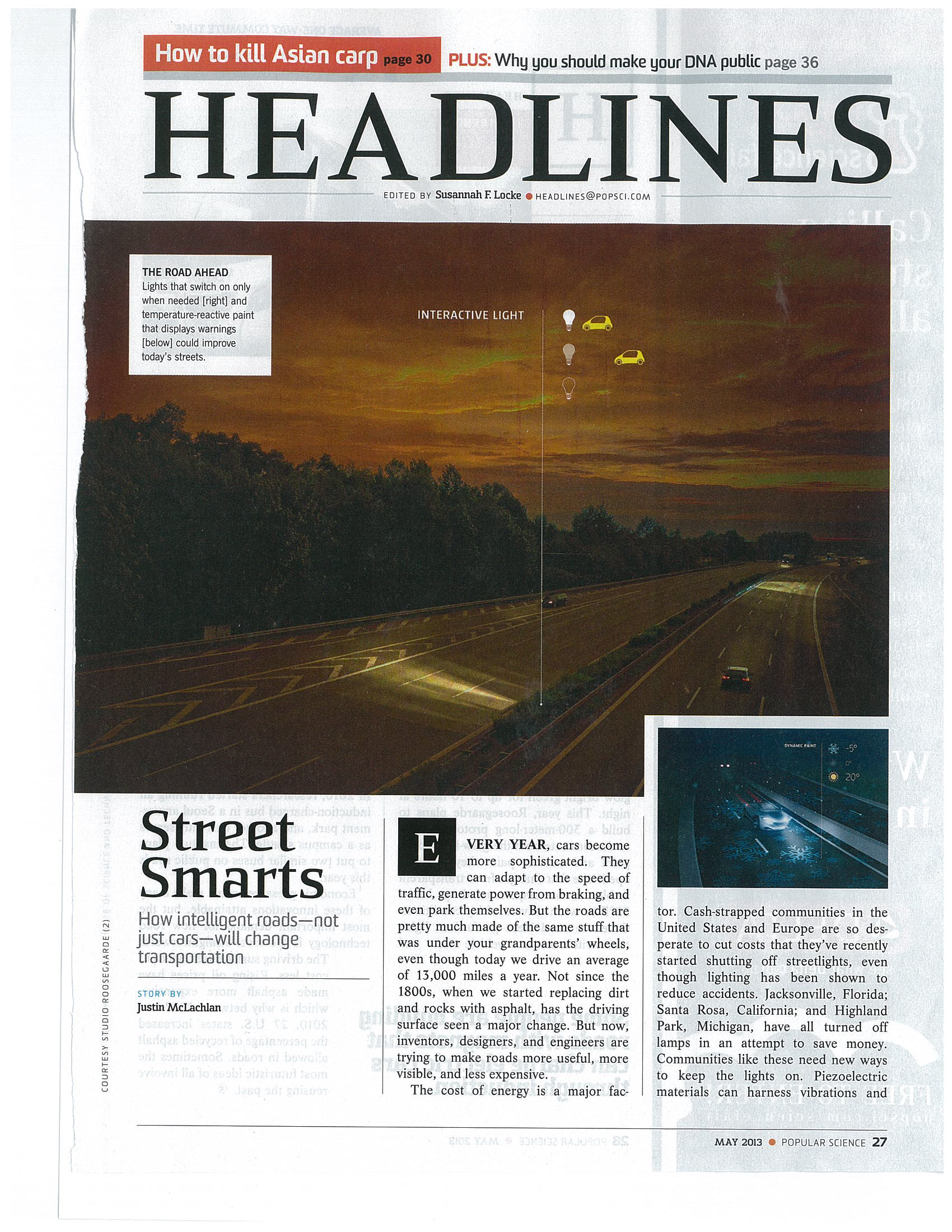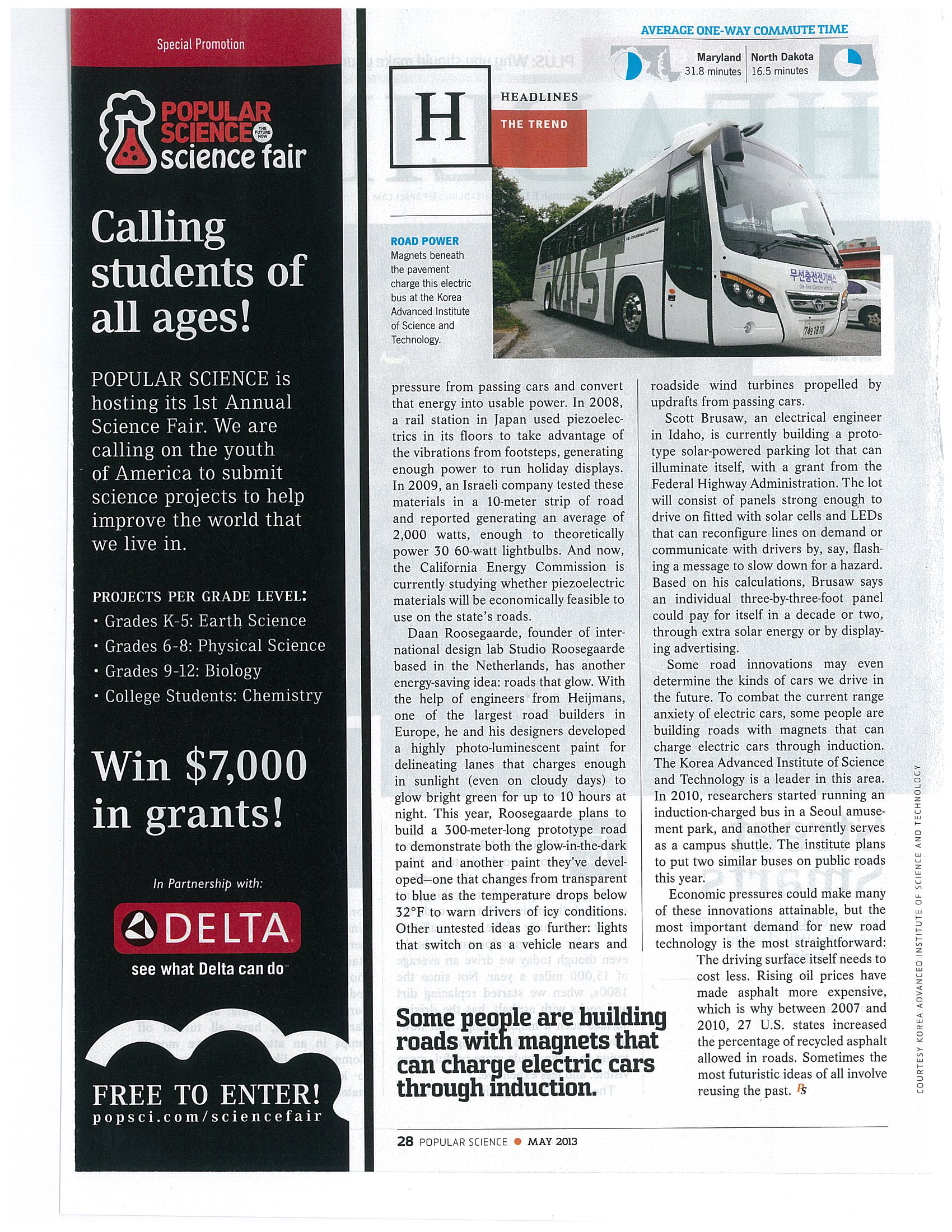people



-
policy KAIST's Top 10 Contributions to Korea and the World
Established in 1971, the Korea Advanced Institute of Science and Technology (KAIST) started off as a relatively modest graduate school in a few disciplines in science and technology, but has gradually expanded into a full-fledged research university over the years. From the beginning, KAIST was intended to offer an elite science education, setting it apart from other universities in Korea. A majority of its graduates have contributed to the development of, what the world now praises, Korean
2015-11-27 -
people Wall Climbing Quadcopter by KAIST Urban Robotics Lab
Popular Science, an American monthly magazine devoted to general readers of science and technology, published “Watch This Creepy Drone Climb A Wall” online describing a drone that can fly and climb walls on March 19, 2015. The drone is the product of research conducted by Professor Hyun Myung of the Department of Civil and Environmental Engineering at KAIST. The flying quadcopters can turn into wall-crawling robots, or vice versa, when carrying out such assignments as cleaning window
2015-04-07 -
research KAIST Develops Wireless Power Transfer Technology for High Capacity Transit
KAIST and the Korea Railroad Research Institute (KRRI) have developed a wireless power transfer technology that can be applied to high capacity transportation systems such as railways, harbor freight, and airport transportation and logistics. The technology supplies 60 kHz and 180 kW of power remotely to transport vehicles at a stable, constant rate. KAIST and KRRI successfully showcased the wireless power transfer technology to the public on February 13, 2013 by testing it on the railroad t
2013-03-19 -
people KAIST OLEV (On-Line Electric Vehicle) to begin operation!
An On-Line Electric Vehicle (OLEV) that can charge during travel will be put into service for the first time in the world on normal roads. From July of this year 2 OLEV buses will undergo trial operations in the city of Gumi. The trial route spans 24km from Gumi station and the region of In-Dong and the establishment of the route is expected to be of a 4.8billion Won scale. The start of the infrastructure construction will start on February and operation will start in July. KAIST had held
2013-01-22 -
research New wireless charging device developed
The On-line Electric Vehicle (OLEV) developed by KAIST has made a step towards commercialization with the development of a more economic wireless charging device. Professor Chun-Taek Rim from the Department of Nuclear and Quantum Engineering at KAIST has developed a new I-shaped wireless charging device that differs from the pre-existing rail-type electricity feeder. This device can be modularly produced and requires relatively less construction, significantly reducing the cost of implementa
2012-07-06